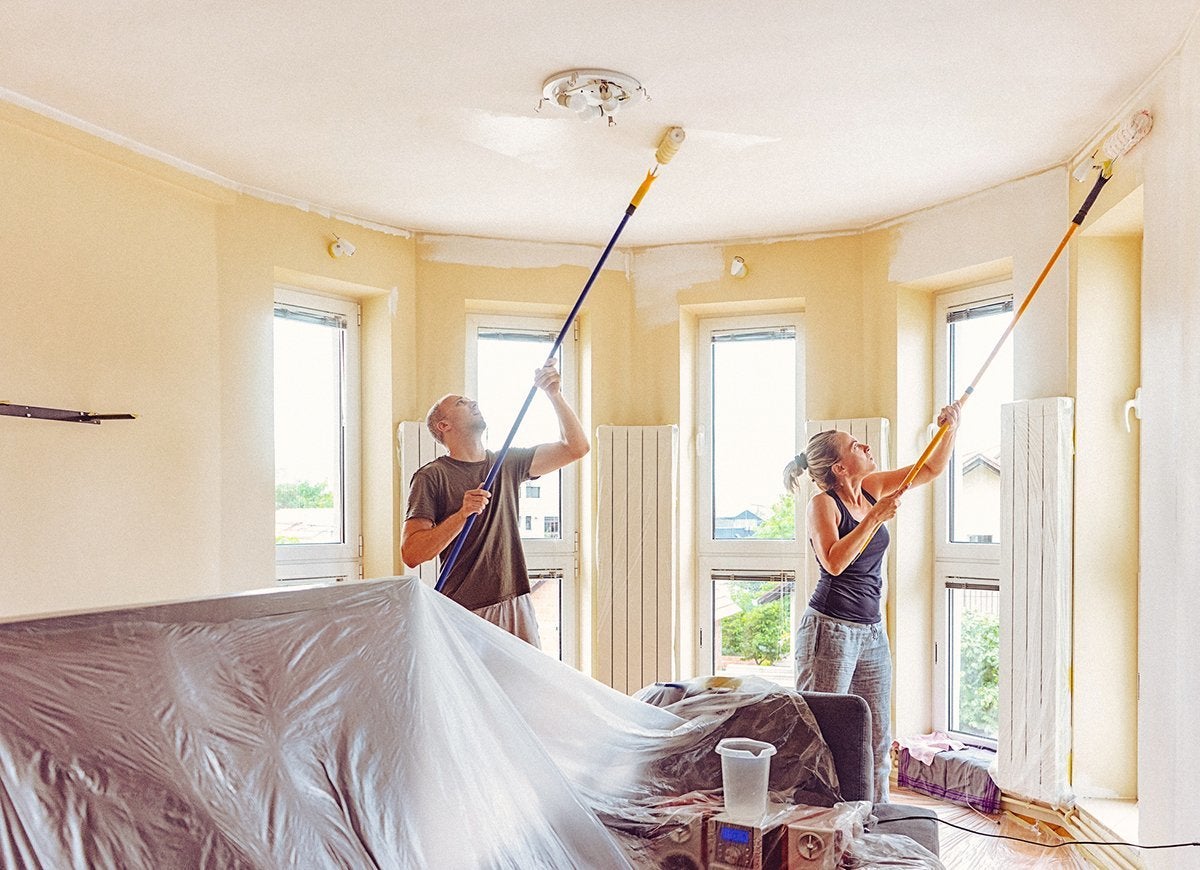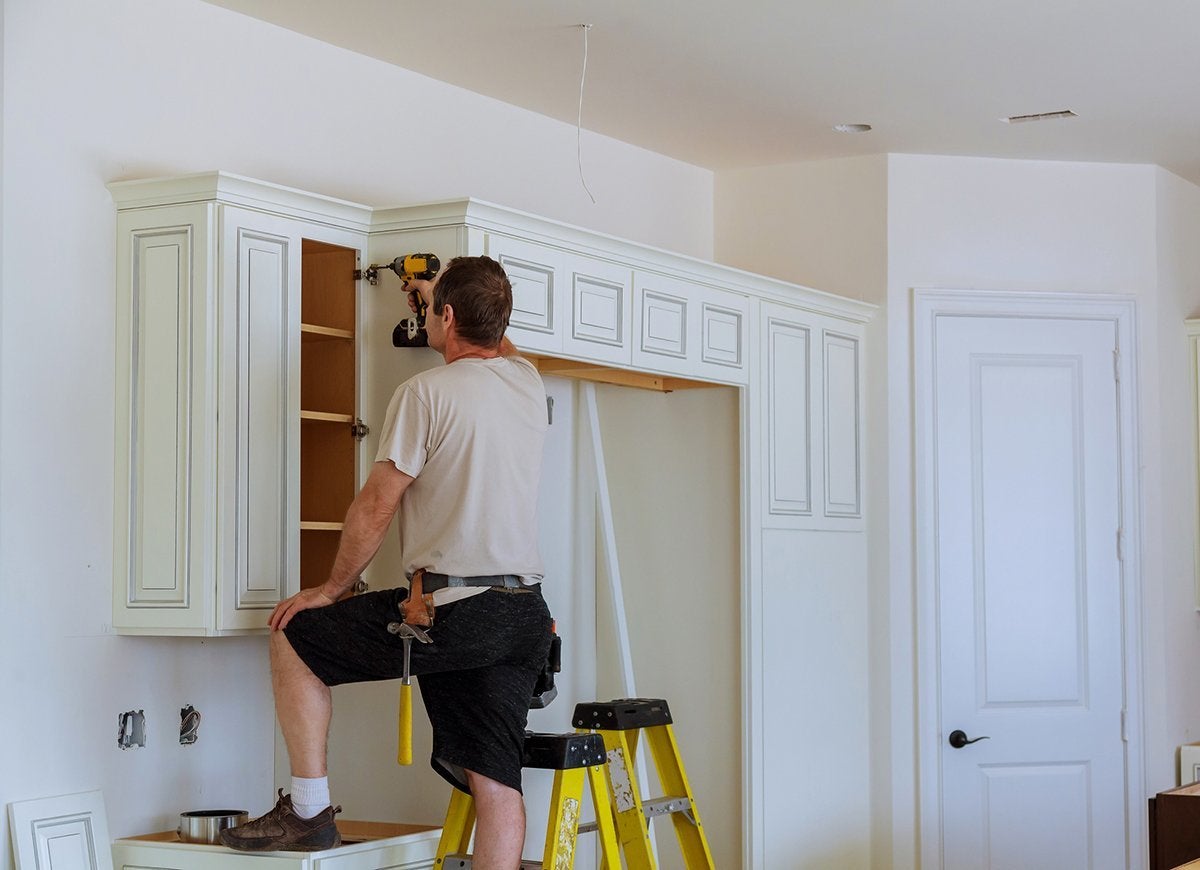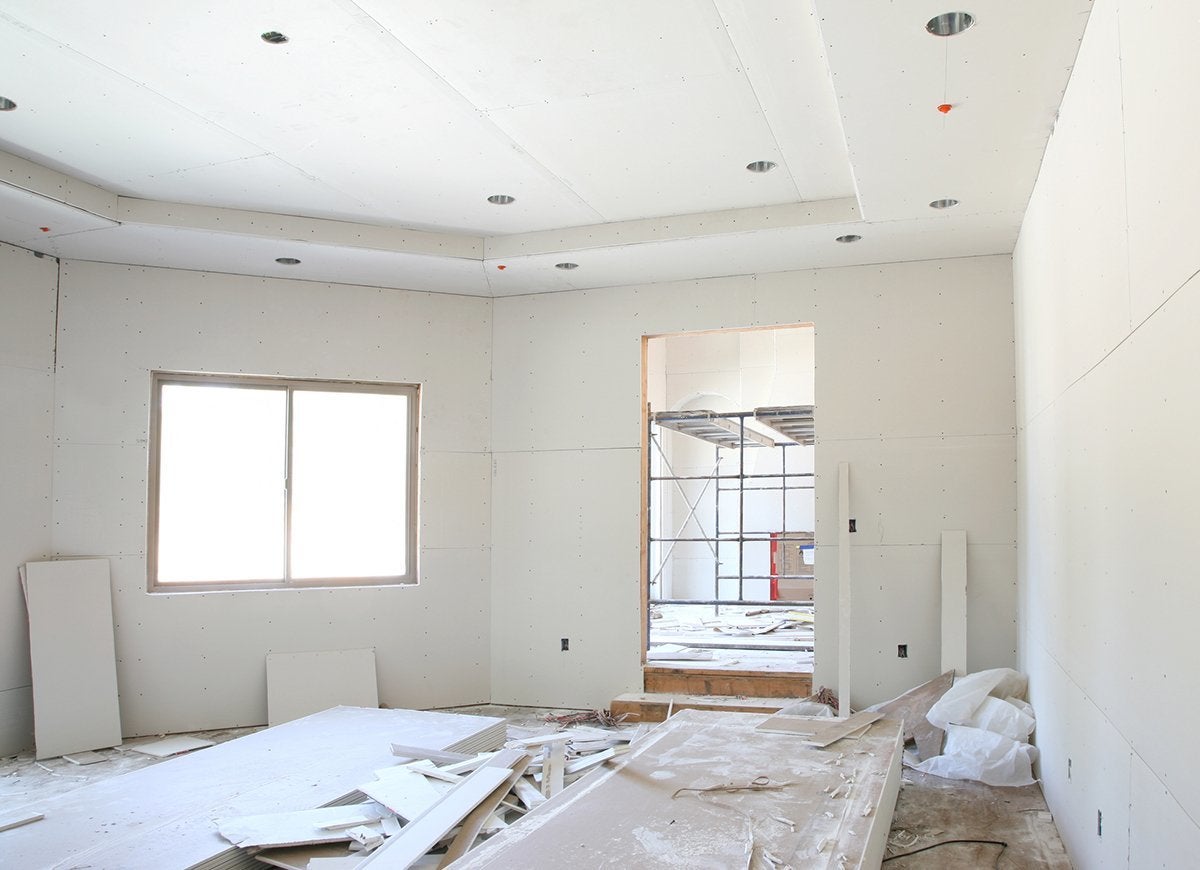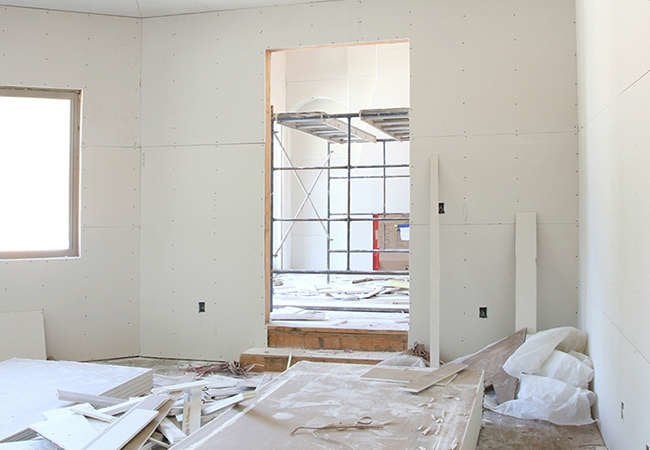We may earn revenue from the products available on this page and participate in affiliate programs. Learn More ›
Timing Is Everything

Never start more than one major project at a time, and make sure you have enough time to complete the job before other major life events intrude, such as weddings, births, anniversaries, children leaving for school, and the like. Never rush into a major remodeling effort, always assume that a project will take longer than you expect, and be sure to build in a generous “fudge factor” of additional time so you can deal with problems that come up along the way.
Budget Busters

Underbudgeting is one of the most significant and most common mistakes that homeowners make when approaching even small renovations. Construction industry experts typically recommend calculating a budget for materials, contractors, and permitting, and then adding 20 to 30 percent to your estimate. That being said, especially if you are renovating a bathroom or kitchen, don’t skimp in ways that could make you unhappy down the road. If you have your heart set on ceramic floor tile and granite countertops, don’t settle for less expensive vinyl flooring and laminate counters to save money. Build your splurges into the budget and find other ways to economize. You’ll be happier in the long run.
Related: These Companies Want to Make Your Home Improvement Projects Easier
Measure Twice (Or More!), and Cut Once

The old adage “measure twice, cut once” is only too true: Inaccurate measurements for vital elements like countertops, cabinets, appliances, and flooring can lead to budgetary disaster. Draw up a detailed floor plan of your rooms, and measure all components repeatedly to ensure that everything will fit properly before you make your purchases—and especially before you start cutting and installing materials. For appliances, make sure you get measurements of the finished size, with all applicable trim pieces installed, not just the raw dimensions, and pay attention to clearances for the range hood, the refrigerator door, and other crucial spots.
Related: 8 Homeowners Admit to Their All-Time Biggest Screw-Ups
Purchasing Problems

Begin shopping for appliances and materials well before you begin the job. Even common components—doors, windows, microwaves, and so on—may be special-order items, depending on the size and finish you need, and those special orders can take six to eight weeks or more. On the other hand, don’t purchase things too far in advance, and especially not before you have made detailed measurements and set your budget.
Not Knowing Your Limitations

Be realistic about your DIY skills. You may be a wizard at painting, and you may even be fairly proficient with Sheetrock and decorative molding, but certain projects are best left to the pros. Indeed, many communities require that plumbing and electrical work be performed by a licensed contractor. The last thing you want to do is take on a project that is beyond your level of expertise and then have to pay a professional to come in and fix your mistakes. Figure out what you can and, more importantly, cannot do yourself before you start a project.
Hiring the First—Or Wrong—Contractor

Never just hire the first contractor you interview. Get competitive bids from multiple sources. The National Association of the Remodeling Industry (NARI) recommends getting at least three quotes from qualified professionals before you begin a remodeling project and advises that all estimates be carefully reviewed to ensure that they contain the same scope and quality of work and materials. Word-of-mouth referrals are the best way to find a qualified professional, so get recommendations from people you trust. Once you begin soliciting bids, make sure to discuss the entire process in detail, and address how the contractor will handle changes and unexpected issues that arise during the project. Ask for—and check—references before you hire someone.
Related: 10 Things Your Contractor May Not Be Telling You
Ch-Ch-Changes…

The nasty little secret about most construction projects is that changes cost money—sometimes a lot of money. Commonly referred to as “change orders,” these can be as simple as changing your mind about a paint color, or as complex as deciding to move or remove a wall. Even changing your mind on a DIY project can cost you money and time, so make a plan and stick to it to avoid headaches and cost overruns. Also, beware of going too trendy with materials or colors. This year’s color du jour (for instance, Living Coral, the Pantone Color of the Year for 2019) might be consigned to the dustbin of history next year—along with that old harvest-gold-and-avocado combo!







